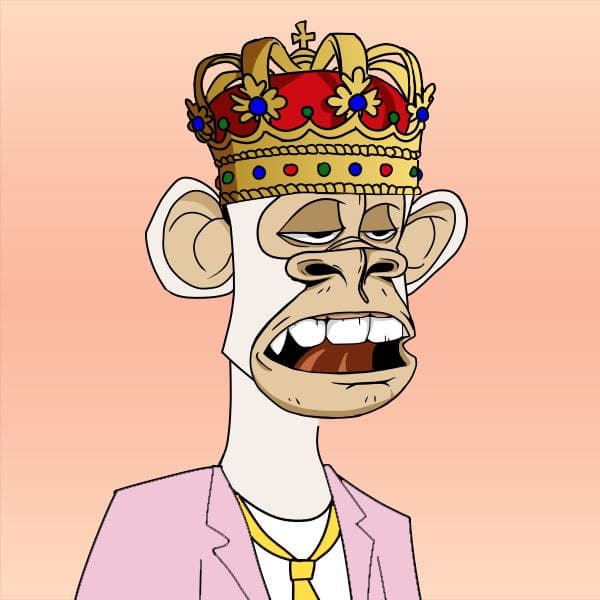Non Fungible Tokens (NFT) have made a significant contribution to the art world. Artists can better preserve their work and be handsomely compensated for it.
Unlike before, when anyone could easily download their works from the internet without fear of legal repercussions.
NFT isn’t a law; instead, it’s an agreement between artists and collectors to act as proof of ownership, confirming an item’s originality and uniqueness.
Several well-known and emerging artists alike have benefited immensely from the NFT industry. Beeple sold his “Everyday” collection for $69m, so has other artists alike made millions from their creations.
Nevertheless, NFT artists are confronted with some significant difficulties in space according to Knights.
They are as follows:
- Copycat NFTs and bad NFTs
- Market volatility
- Possibilities of legal action
- Foul play by other artists
- Environmental issues
1. Copycat NFTs and bad NFTs
Because the NFT sector is very young, there are still significant flaws in the system, such as the issue of verification of the authenticity of an NFT art.
This has encouraged lazy artists to plagiarize the work of other talented artists to pad their bank accounts.
In addition, the NFT marketplaces are saturated with worthless NFTs. As a result, detractors are questioning the legitimacy of NFTs, regardless of the presence of professional artists in the venue.
2. Market volatility
Due to its reliance on people to evaluate the worth of an artist’s work, the NFT space can be volatile.
It hardly matters how good an artist’s work is or how great its use case is. That artwork is worthless if no one is hyping it and buying it.
Therefore, artists must continue to find methods to ensure that the buzz surrounding their NFT art does not fade.
Building a strong network of people who believe in what your NFT stands for is a simple way to do this.
3. Possibilities of legal action
Although the NFT helps to protect the ownership of artists’ works, it does not prevent artists from minting other people’s work that hasn’t been minted as an NFT which can be detrimental to the artist in the future.
For example, you can mint a photo of Kim Kardashian as an NFT without her consent, but if Kim decides to claim the NFT, you could face a copyright infringement lawsuit, which she will very certainly win because there is no law protecting NFT rights.
To be safe, do not mint other people’s work without their consent.
4. Foul play by another artist
Another issue that artists and collectors encounter in the NFT space is washing trading. This entails the same person(s) artificially inflating the price of a collectible, opening many accounts, and trading themselves to fraudulently build enthusiasm around their NFT.
Most of these NFT projects abscond with people’s money and leave holders with useless NFTs after successfully attracting people to their NFT. This offers a negative impression of NFT artists.
5. Environmental issues
The amount of carbon used by artists in minting and transacting NFT arts is frightening. This has added to the litany of reasons why NFTs aren’t worth it, according to doubters and critics.
Final note
Despite all of the challenges that surround the NFT artists in the industry. NFT artists are expected to earn and strive better in the space since the NFT industry is expected to be worth trillions in the future. Therefore, it is hoped that these difficulties will be addressed.









